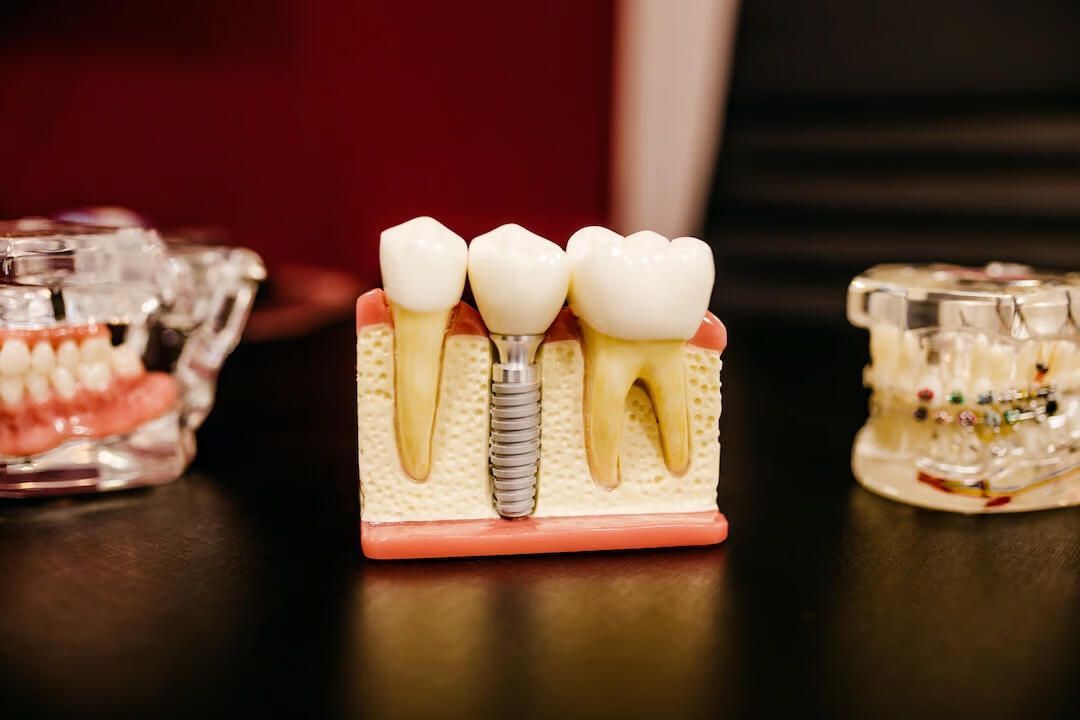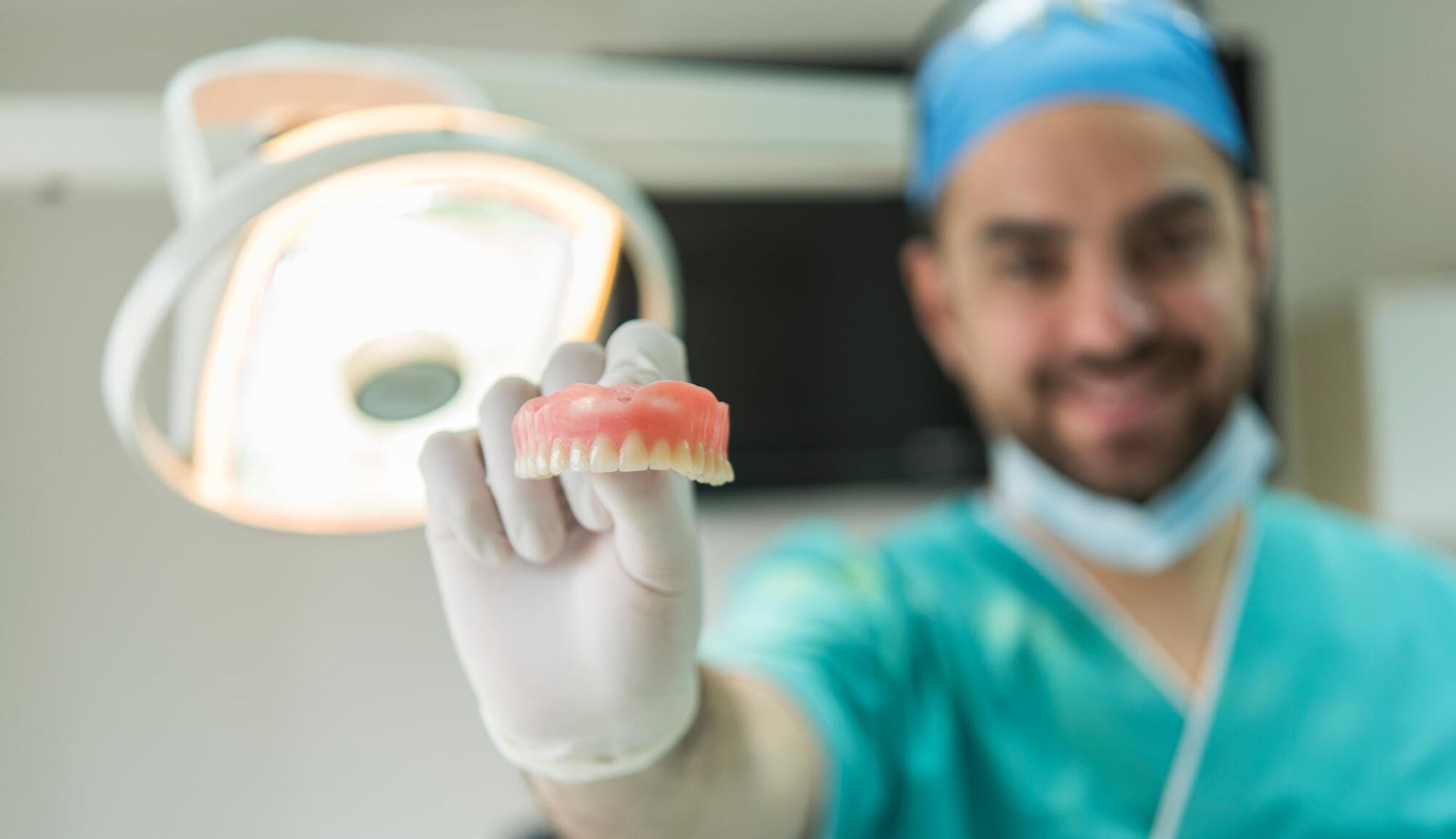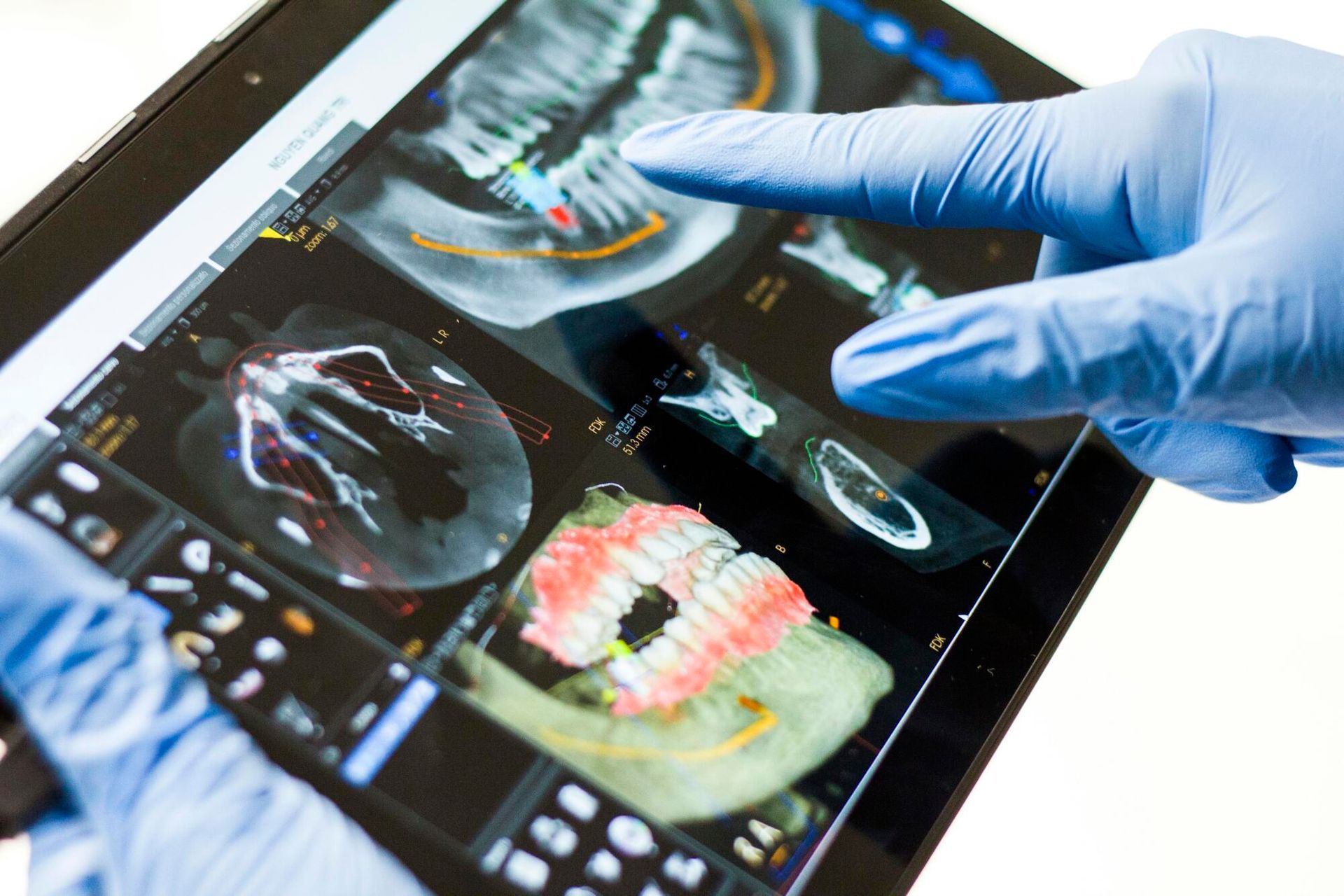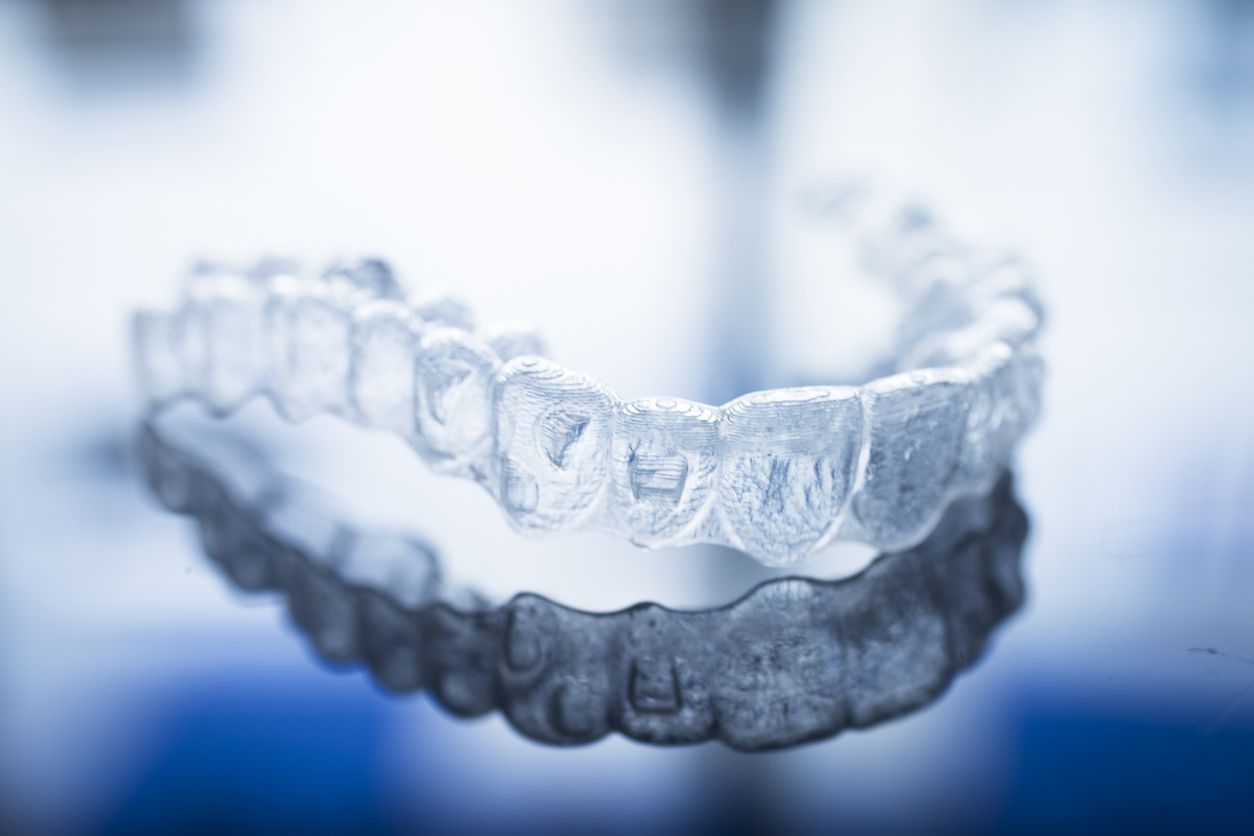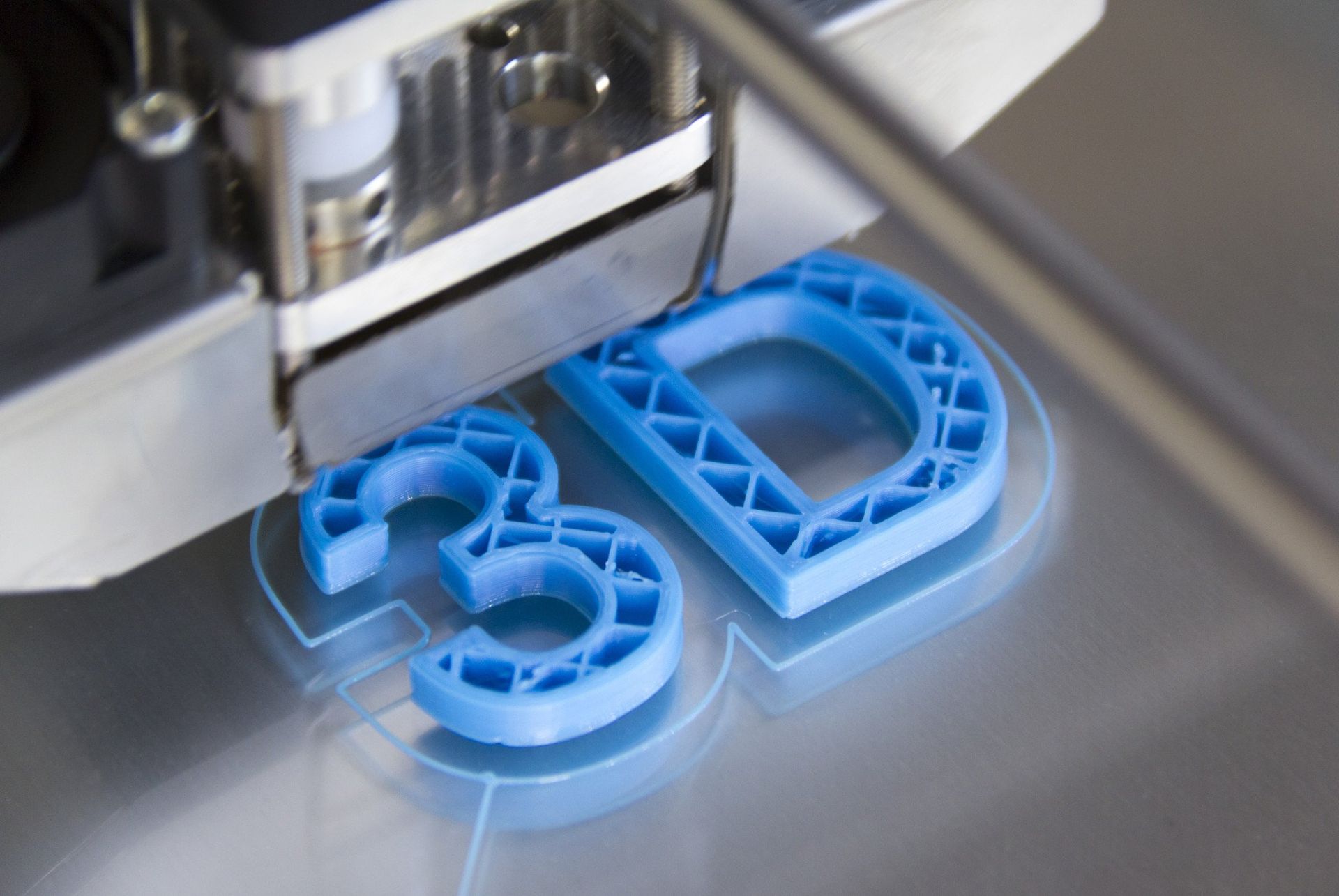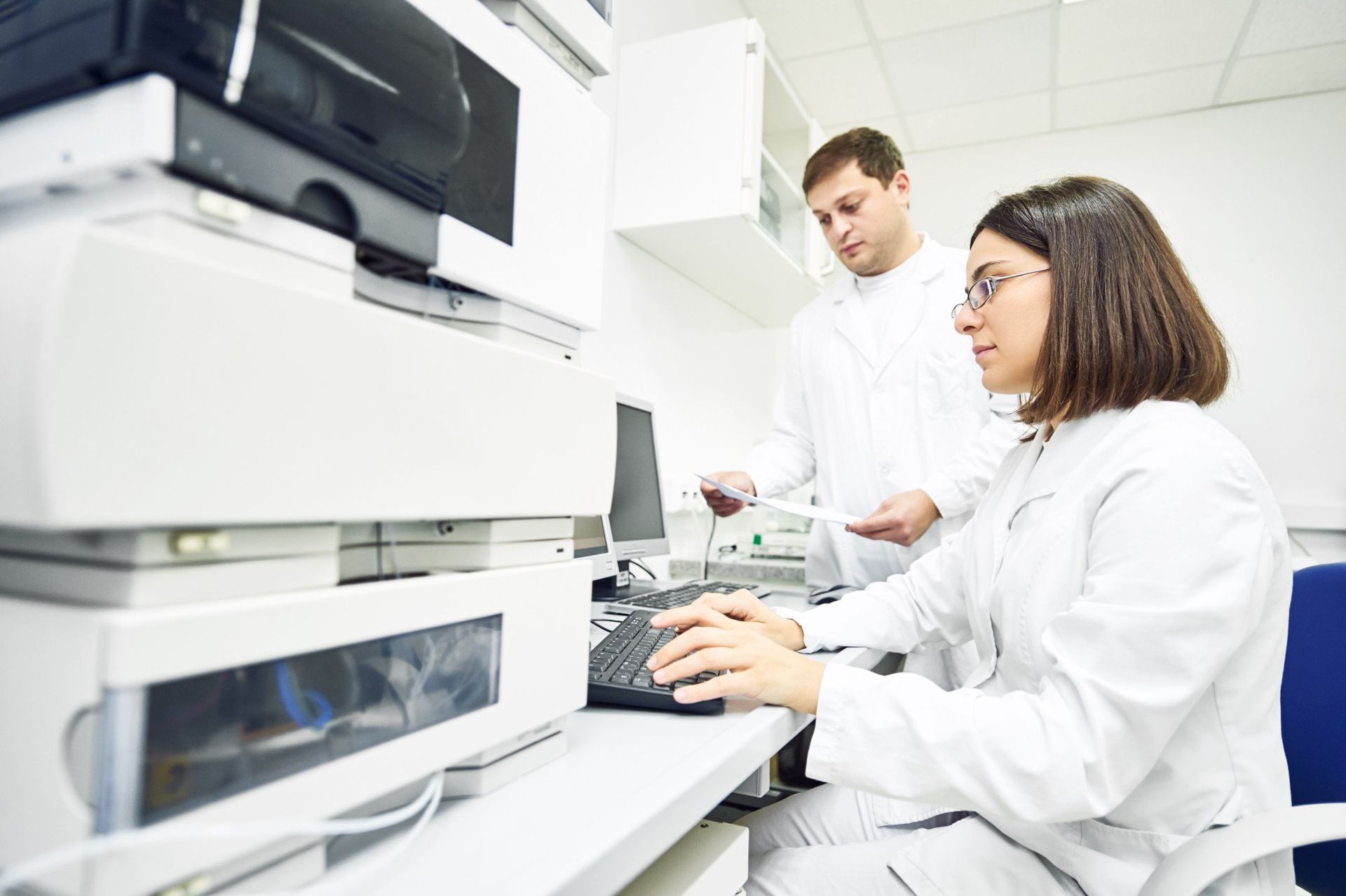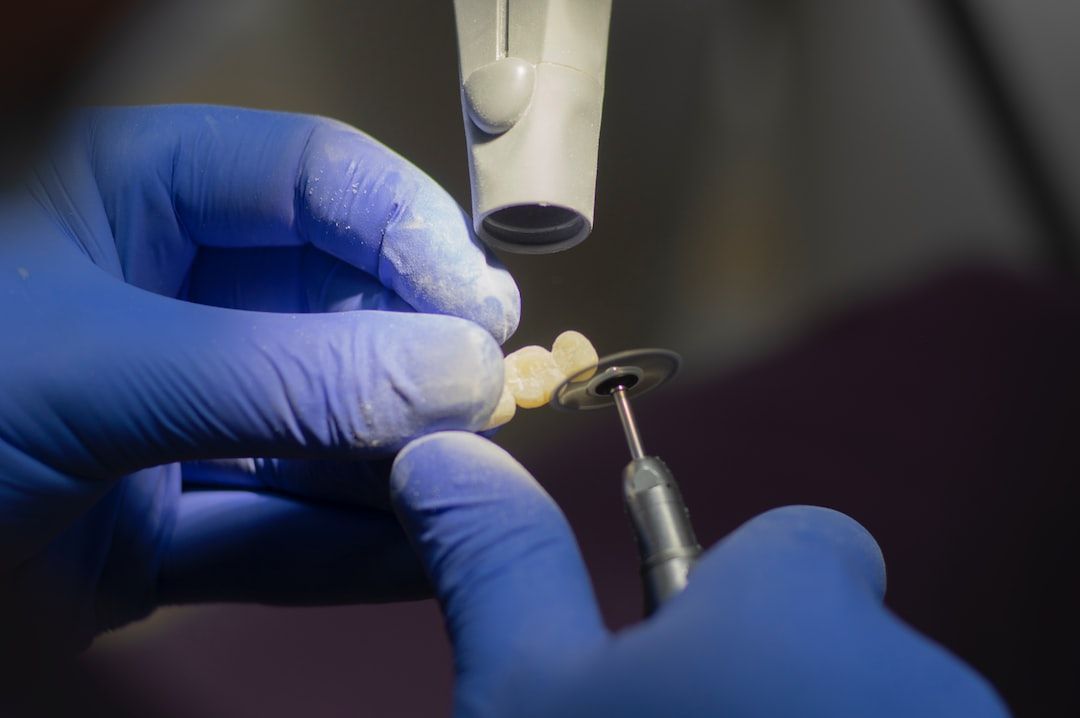Accuracy Matters: How to Achieve Precise Dental Impressions
Dental treatments like crowns, bridges, and dentures all have one thing in common--they all depend on accurate dental impressions. Poor impressions can lead to poor patient outcomes or necessitate costly re-creations. Correct impressions are key to achieving dental precision.
Thankfully, by using the right techniques and materials, dentists can produce perfect dental impressions, allowing for laser precision and perfect fits. Are you interested in learning more about how dentists achieve this level of detail? This article describes how your dentist uses various dental impression methods to produce flawless impressions of teeth.
Why Are Precise Dental Impressions So Important?
Restorative dental treatments such as dentures, crowns, and bridges are a key part of dentistry. If your teeth are damaged, they restore the normal functions of your mouth, allowing you to chew and speak normally. They also help your patients' self-esteem because they let them smile with confidence.
When these restorative treatments are well done, you'll hardly notice they're there. But, if they're misaligned or poorly executed, patients could experience pain or discomfort. Dental impressions provide the blueprint for these treatments, so if they're not accurate, your restorations probably won't be successful. Instead, you'll face costly remakes and adjustments.
What Causes These Inaccuracies in Dental Impressions?
Precise dental technique means using the right materials and the correct ratios. Inconsistent mixing of the base and catalyst elements can result in impressions that are too rigid, too flexible, or simply not set correctly. These errors cause distortions that affect the accuracy and fit of your final restoration.
Even if the impression materials are perfectly mixed, they can still be distorted by mishandling or mistiming. For example, if the dental technician applies the wrong temperature, the material could be set too slowly or quickly. Impressions that don't form under the right conditions will likely lack crucial detail, causing patient dissatisfaction.
Selecting the Best Materials
As you can see, selecting the correct materials and processing them correctly is an essential part of the dental impression creation process. Here are some of the most common materials:
Polyether: A great material for capturing the nuances that make a person's teeth unique. According to MIT News, It's also well suited to moist environments because of its hydrophilic properties. The downside is that it requires careful handling to avoid distortions and other unwanted effects.
Vinyl Polysiloxane: This material is favored by dentists because of its high tear strength and stability, allowing for accurate and durable replicas of a patient's teeth. Again, this is a material that dentists must handle with care; the Journal of Prosthetic Dentistry states latex gloves and other materials could cause contamination.
Vinyl Polyether Silicone: A newer material that attempts to combine the advantages of Polyether and Vinyl Polysiloxane. It creates very accurate impressions, and it's easy for the dentist to remove it from the patient's mouth. A disadvantage is that skilled techniques are required to achieve the best results.
Selecting the Best Tray
Of course, there's more to creating accurate dental impressions than material selection. The tray is what holds the impression material in your mouth as it adapts to the shape of your teeth. They come in various shapes and sizes, allowing dentists to effectively create molds for every patient. There are stock tray sizes available, but some dentists may use custom trays specifically crafted for your mouth.
These trays are important for the following reasons:
- They provide support for the impression material, helping it to accurately replicate the intricacies of teeth and gums.
- They hold the impression material firmly in place; there's less chance of distortions.
- Patient comfort is also important - by selecting an appropriate tray, they'll feel as at ease as possible throughout the process.
Good Technique Is Crucial
Even if a dentist has the perfect impression materials and tray, they won't help much without the correct technique. These materials are sensitive to temperature and contamination, so dentists must be well-trained and experienced in crafting dental impressions. An experienced dentist can ensure the tray is well-seated and remove the impression at the optimal time.
Accounting for Contamination
Impression materials are highly susceptible to contamination, which can lead to significant problems. Effective dentists use various isolation techniques, such as cotton rolls, to control saliva flow or suction to keep the working area as dry as possible. Decontamination isn't a one-size-fits-all process, so a proficient dentist takes a dynamic approach, adapting in real time to maintain the cleanliness of the impression.
Handling With Care
Even if an impression is made flawlessly without any contamination, it can still be ruined by careless handling. A good dentist always manages the impression carefully, using selected disinfection techniques that won't react with the material. They also take care to store the impressions in a safe, temperature-controlled environment protected from direct sunlight. Impressions can warp and distort rapidly in the wrong conditions, so proper storage is vital.
Impressions of the Future
Dentistry is always at the forefront of technological innovation. Many dentists now use digital scanning techniques to create impressions. Digital scanning can capture detailed 3D models of a person's teeth and gums without the discomfort of traditional methods. While not all dentists use these digital techniques yet, they are likely to become ubiquitous in the coming years.
Dentists can set themselves apart from the competition by adopting these methods sooner rather than later. According to Gather Insights, failing to capitalize on new technology is a serious risk for businesses.
Elevate Your Dental Practice With Arizona 3D Dental Lab's Cutting-edge Solutions
Dental impressions are important for the success of restorative treatments like crowns, bridges, and dentures, ensuring they fit perfectly and function properly. With the right materials, trays, and techniques, dentists can make highly detailed and accurate impressions that minimize the need for frustrating adjustments or reworks. Advanced digital scanning techniques are making the creation of accurate impressions easier than ever before.
Are you a dental practice looking to utilize the latest cutting-edge techniques in the creation of dental impressions? Arizona 3D Dental Lab is a family-owned dental lab started by a dentist for dentists. Dr. Bischoff started the company in 1984 after growing dissatisfied with the quality of local dental labs.
Your patients deserve the best, and our state-of-the-art facility helps you achieve top-notch results every time. Contact us today, and let's discuss your needs.


